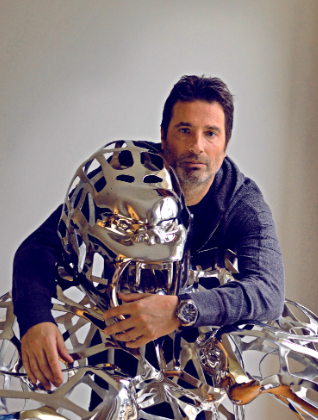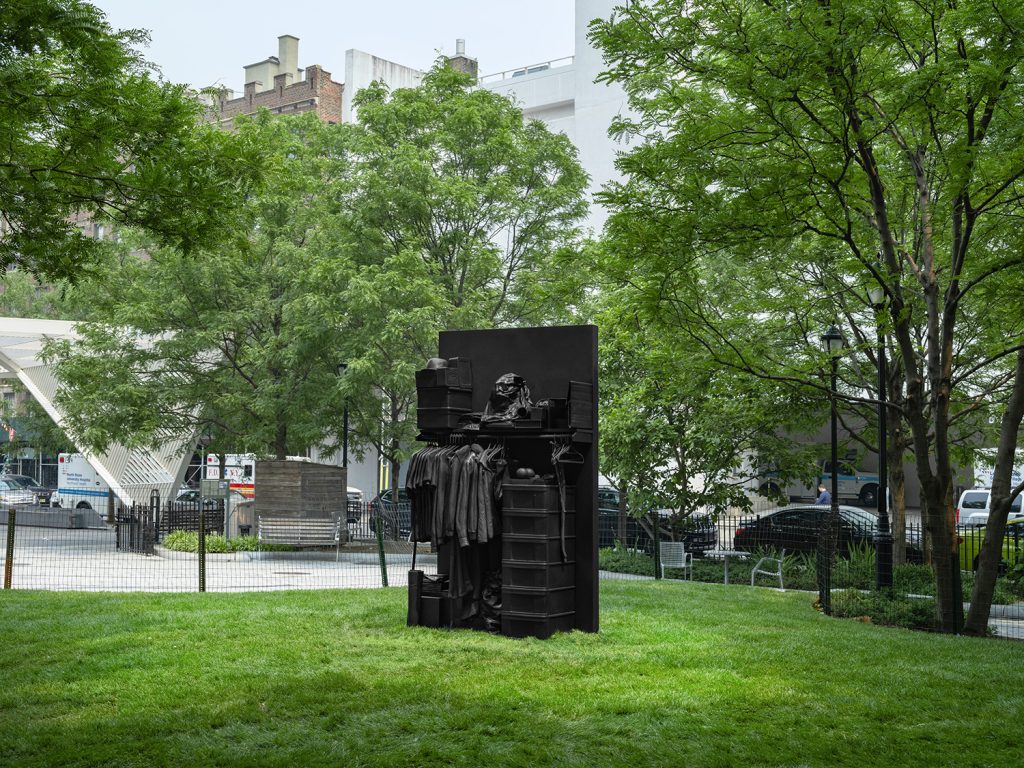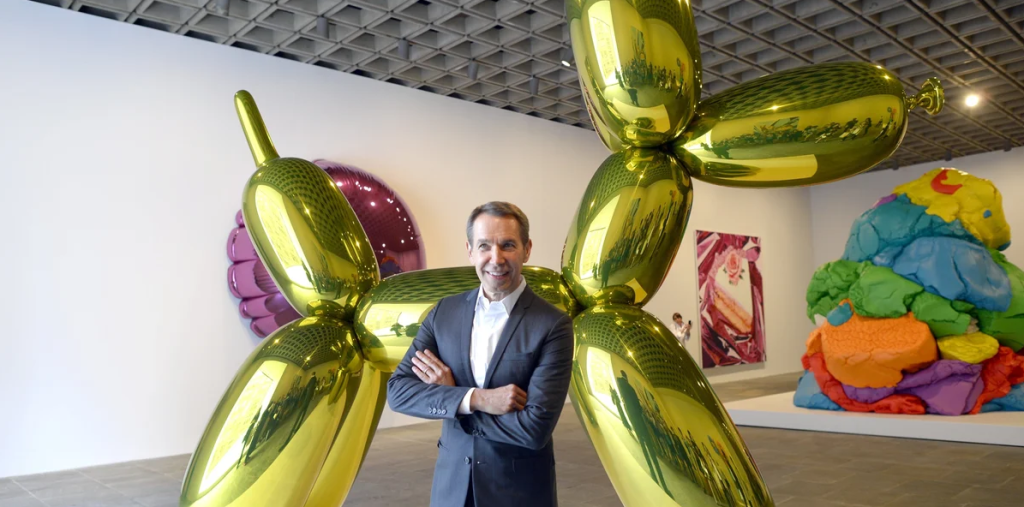Richard Orlinski’s King Kong sculpture has captured the attention of art enthusiasts and pop culture fans alike, merging the realms of contemporary art and timeless cinema. This striking piece not only showcases Orlinski’s unique aesthetic but also reflects a larger conversation about the interplay between art and popular culture. Understanding this work offers valuable insights into modern artistry and its connections to iconic figures in film history.
Richard Orlinski: The Artist Behind the Sculpture
Richard Orlinski is a French contemporary artist renowned for his bold work that often features animal motifs and iconic cultural references. His approach combines traditional sculpting techniques with modern materials, presenting a fresh take on familiar subjects. Orlinski’s fascination with pop culture subjects, such as monsters and animals, drives much of his creative expression, allowing viewers to see these figures in a new light. His King Kong sculpture stands as a testament to this innovative spirit, inviting contemplation about the relationships we form with both art and mythology.
Symbolism and Interpretation of King Kong
The King Kong sculpture embodies a complex blend of themes, including power, vulnerability, and the conflict between nature and urbanization. King Kong, traditionally depicted as a fearsome yet tragic figure, serves as a mirror to humanity’s dual nature: strength intertwined with fragility. Orlinski’s interpretation highlights this duality through a modern lens, emphasizing not just the beast’s ferocity but also its underlying sorrow. The vibrant colors and dynamic form provoke discussion about civilization’s impact on nature, making the piece resonate profoundly in today’s environmental conversations.
Cultural Impact and Reception
The reception of Orlinski’s King Kong demonstrates the piece’s ability to transcend the boundaries of traditional art. It has been featured in various exhibitions and public installations, garnering attention from a diverse range of audiences. Fans of King Kong the movie, as well as contemporary art aficionados, find themselves drawn to its symbolic richness and powerful aesthetics. This cross-sectional appeal exemplifies how Orlinski successfully bridges the gap between pop culture and fine art, challenging viewers to rethink their relationship with iconic figures and the narratives they represent.
In conclusion, Richard Orlinski’s King Kong not only exemplifies contemporary artistry but also stimulates meaningful discussions about culture, nature, and identity. Whether you’re an art lover or a fan of classic cinema, delving into this piece can enhance your appreciation for the dynamic interaction between art and societal themes. Explore more about Orlinski’s work and engage with the vibrant world of contemporary sculpture!


